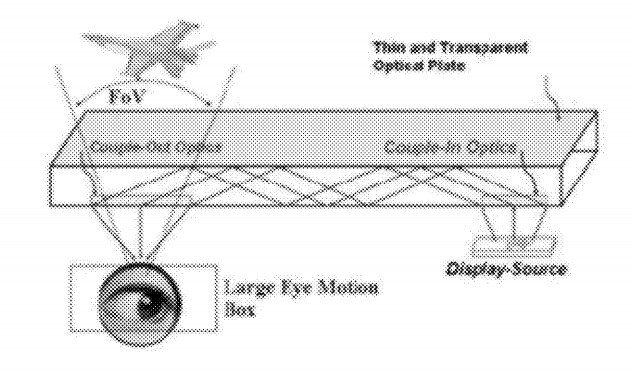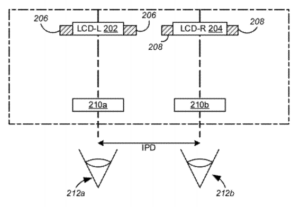If there is any company whose absence has been noted in the AR/VR space, it is Apple. While rivals like Samsung and Microsoft sit on top of a steadily growing ecosystem, there has been no movement towards developing a product by the Cupertino company. Or has there?

Patents are a murky field in any industry, with the main complaint against them being that many are filed ‘just in case’, by companies with no intent to build a product, but who are simply reserving the idea. Apple is no stranger to this practice: it has patented products including a phone with a wraparound display and a detachable notebook.
The revival of an old patent, combined with a swathe of new hirings, though, suggests that Apple is soon to enter the VR market. Short of a few third-party headsets that can use an iPhone as the display, it is a space that the company has not touched. Apple is, of course, very good at entering a market and perfecting products, once the initial kinks have been worked out.
Back in 2012 – even before the Oculus Rift appeared on Kickstarter – Apple submitted a document to the US PTO titled ‘Peripheral Treatment for Head-Mounted Displays‘. It described a transparent, high field of view display that delivers ‘an enhanced viewing experience’ to the user. The filing was a revival of an even older one, from 2006.
 From the description in the document, Apple appears to be using an optical waveguide to bounce light from an LCD, OLED or even an LCoS (reflective) source to the wearer’s eye. The main difference between Apple’s device and existing HMDs is that the device focuses on filling not only the foveal (centre) vision, but also the wearer’s peripheral vision. Occluded peripheral vision can cause motion sickness, because it is very good at detecting motion. Improving this aspect of AR/VR would enable headsets to be used for longer periods of time.
From the description in the document, Apple appears to be using an optical waveguide to bounce light from an LCD, OLED or even an LCoS (reflective) source to the wearer’s eye. The main difference between Apple’s device and existing HMDs is that the device focuses on filling not only the foveal (centre) vision, but also the wearer’s peripheral vision. Occluded peripheral vision can cause motion sickness, because it is very good at detecting motion. Improving this aspect of AR/VR would enable headsets to be used for longer periods of time.
Apple does not, however, propose extending the display to the peripheral vision. Much like Philips’ Ambilux TVs, it describes using colour projections synchronised with the displayed image to reduce the tunnel vision effect. These colours could be thrown by LEDs, OLEDs or similar.
This is would be a very interesting implementation of an HMD, but by itself the filing is still no more than that. However, other Apple moves from recent years support the same story. For example, in February 2015 the company advertised for a senior software engineer with a ‘proven track record in virtual and augmented reality’. In January this year, Apple took on Doug Bowman, who previously worked on Microsoft’s Hololens. Finally, in February, Apple acquired augmented reality start-up FlyBy Media.
The evidence is certainly pointing to Apple’s interest in the AR/VR space, and I would be very interested to see what the company comes up with. However, we must remember that like any large firm Apple is not afraid to cancel projects mid-cycle.
– Tom Allen

